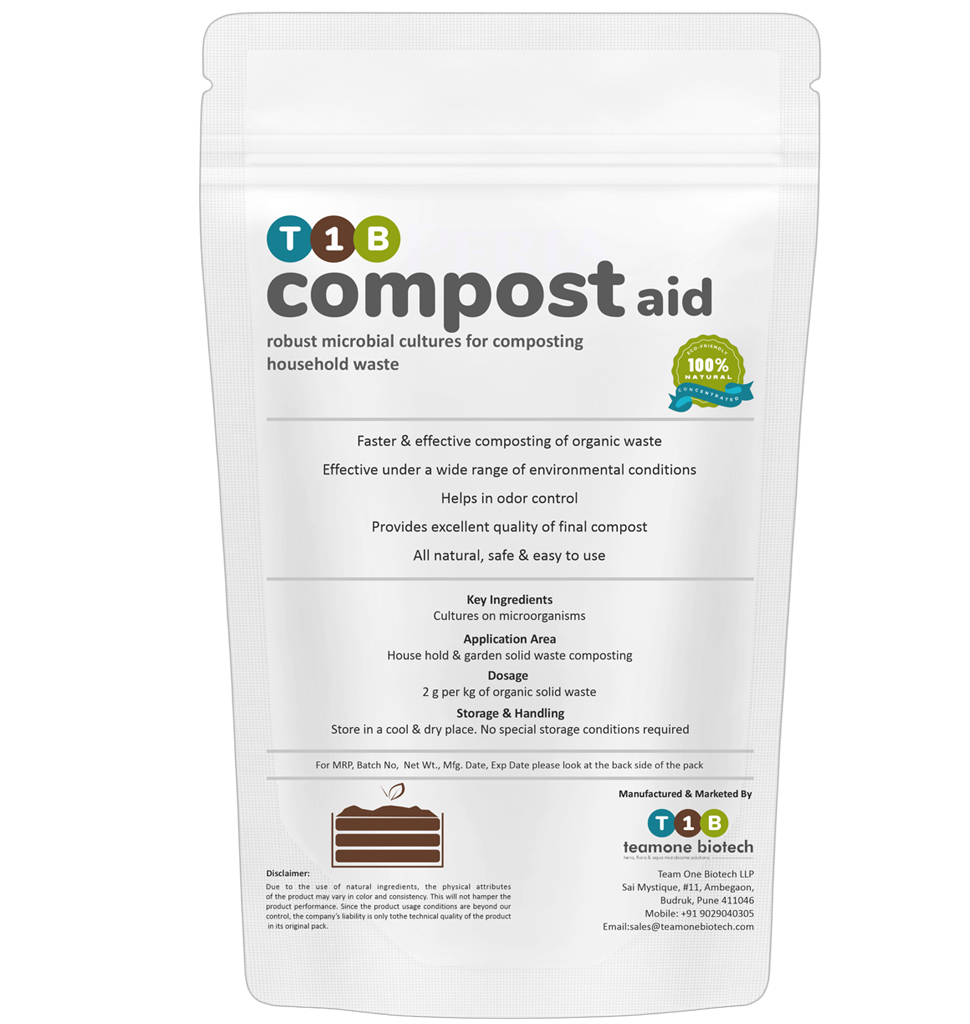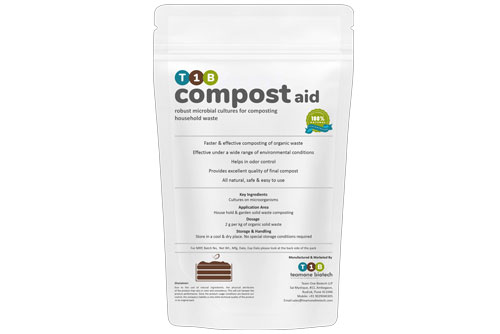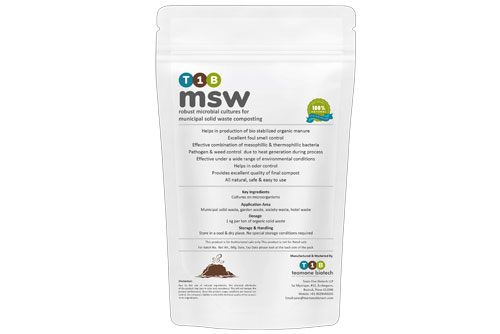
composting cultures for household organic waste

The act of converting food scraps and yard waste from your home into compost, a nutrient-rich soil additive, is known as composting. This can be accomplished in a backyard compost bin, worm bin, or composting machine. The compost that results can subsequently be used to fertilize plants and gardens. C:N Ratio, particle size, aeration, moisture content, and pH play an important role in the composting process.
The important phases in composting are:
Mesophilic Phase: The initial phase of composting where microorganisms break down easily degradable organic matter at moderate temperatures (20-45°C).
Thermophilic Phase: The temperature of the compost pile increases due to the activity of thermophilic bacteria, leading to the breakdown of tougher materials such as cellulose and lignin. This phase typically occurs at temperatures between 45-70°C.
Cooling Phase: After the thermophilic phase, the temperature of the compost pile starts to decrease, and mesophilic bacteria take over once again.
Maturation Phase: The final phase of composting is where the organic matter is transformed into stable humus, and the compost becomes dark, crumbly, and earthy-smelling. This phase can take several months to a year, depending on the conditions of the compost pile.
1. Faster and effective composting .Benefits
2. Can be used for all wet & dry household organic waste.
3. Maximum odour control .
4. Helps control of pathogens.
5. Provides excellent quality final compost.
6. All natural product. 100% safe and easy to use.
Specifications
Form: Free-flowing powder
Colour: Light Brown to Dark Brown
Bacterial Count: Minimum 1 x 108 CFU/g
pH Stability: 4 to 9
Temperature Stability: 5°C to 68°C
Safety: Non-GMO, GRAS Status Bacteria
Shelf Life: 2 years from the date of manufacturing
1. Household wasteApplication
2. Garden waste
3. Dry Organic waste
Contact us at +91 8855050575 to learn more about our products and services or Email us at sales@teamonebiotech.com
“You might also be interested in these
solutions from our Terrabiome range”
-

T1B™ Compost Aid
composting cultures for household organic waste
-

T1B™ MSW
robust cultures for municipal solid waste composting
